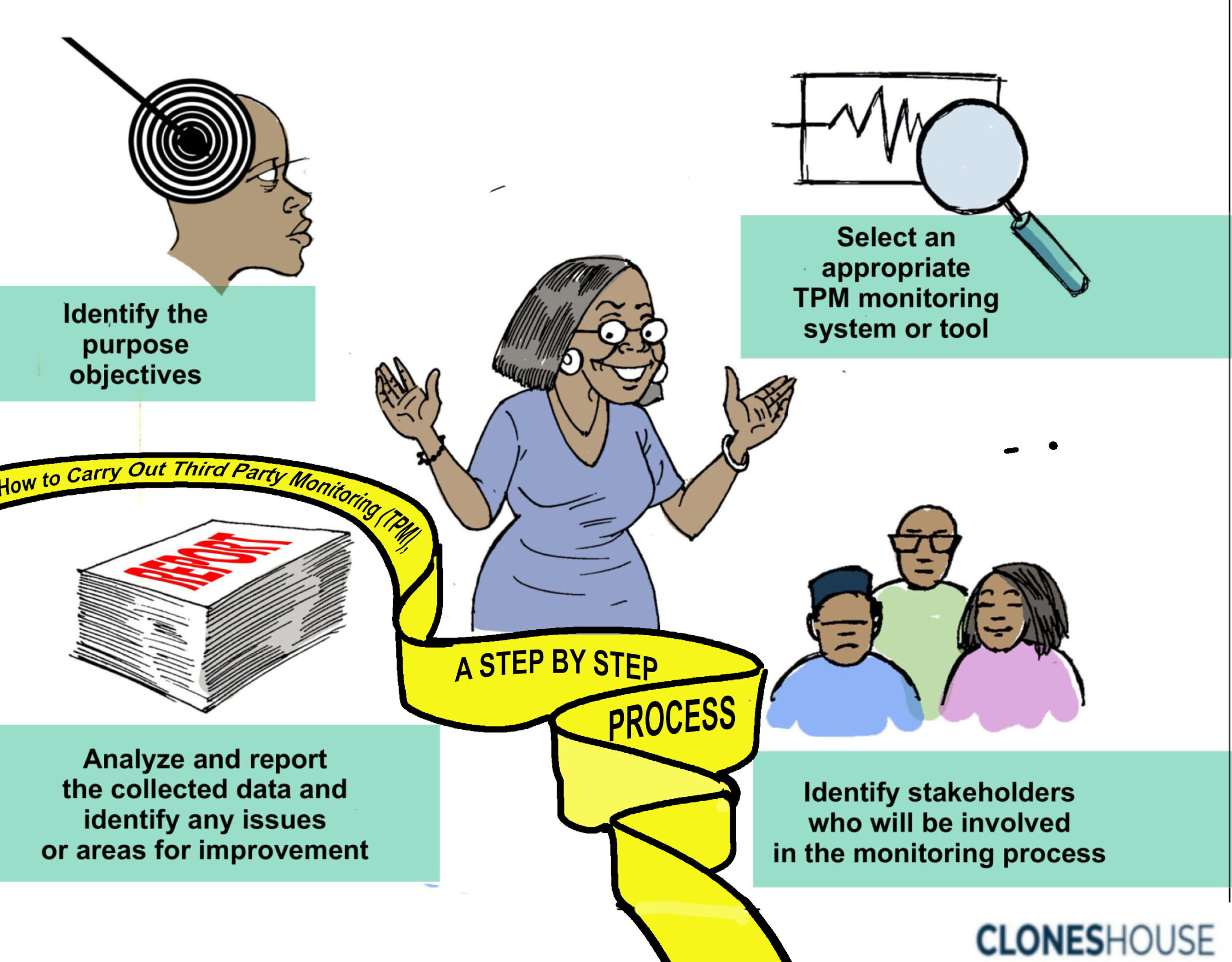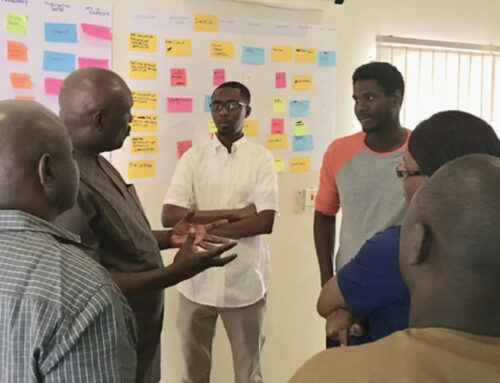Most recently, I was tasked with leading a team to provide third-party monitoring and technical assistance for a financial institution providing funds for the Anchor Borrowers Program, a private sector company providing skills for youths in the creative sector, and later a multilateral institution providing investments to alleviate poverty through providing quality and inclusive education and economic empowerment in Northern Nigeria.
The use of Third Party Monitoring as part of the M&E in project implementation is important to the impact and success of any project. The deployment of TPM allows project implementers and organizations to have independent assessments, perspectives, or opinions on project performance. It can also be used to monitor high-risk, critical, or contentious projects, as with our experience with the ABP project in Northern Nigeria. Conducting TPM requires understanding the scope, the project’s core objectives and goals, the budget line, and the duration. It also requires technical capacity, requisite experience, and time. In this blog post, I share my experience and the step-by-step process necessary to conduct third-party monitoring of projects.
1. Identify the purpose, Objectives, What to Monitor, and reporting requirements of the TPM.
This information is always included in the Terms Of Reference (TOR) or Request For Proposal (RFP). The TOR will help you identify what to monitor- indicators, objectives, scope of the project, reporting timelines, etc. The TOR will also help guide the development of an inception report that will capture the methodology and inform the choice of digital tools for data collection and management that are suitable to supervise areas/locations where the project is being implemented. Any other clarifications or questions were raised in an inception meeting with the TPM commissioner, including requesting a letter of introduction to project stakeholders in the states and LGAs where projects were being implemented to allow our enumerators access to project sites.
2. Select an appropriate TPM monitoring system or tool.
Once the inception report was approved, we developed a monitoring plan, schedule, tools, and templates to help us collect and report specific monitoring parameters and indicators that the TPM commissioner wanted reported on either a monthly, quarterly, or bi-annually. We leveraged Cloneshouse-trained enumerators in the states where the projects were being implemented to collect the data using an Open Data Kit. Depending on the scale, we have used Kobocollect, Google Forms, and Survey CTO and recently started testing with Goloka For project areas without internet connectivity. Kobocollect was also used specifically for this purpose when internet connectivity was poor in project locations where we were carrying out monitoring visits. We also set up a WhatsApp project group to provide updates to resolve issues emerging in the field, including insecurity, access to project sites, and working with difficult community stakeholders.
3. Identify stakeholders who will be involved in the monitoring process.
A list of stakeholders and locations where the project was being implemented was made available to our team by the TPM commissioner. We carried out courtesy visits to educate and provide information on the project, including the role of the TPM team, the use of the monitoring protocol and tools, and establishing respondents – women leaders, youth groups, and community development committees. Once buy-in was obtained, we Implemented the monitoring plan and started collecting relevant data. We also carried out random checks to verify if project deliverables and conditions were being met by beneficiaries and contractors.
4. Analyze and Report the collected data and identify any issues or areas for improvement.
In most projects we’ve worked on, data analysis and reporting were done monthly. Findings were shared with relevant stakeholders, and feedback was gathered to enable the TPM commissioning organization to make necessary adjustments to improve the monitoring process. We held regular check-in meetings to continuously monitor and evaluate the effectiveness of the third-party monitoring system to ensure the objectives, expected outputs, and outcomes in the monitoring framework were being met.
Planning and executing a successful TPM project can be demanding, especially in areas with limited cellular or internet connectivity or where the security situation is fluid. Still, if deployed and coordinated properly, it can give donor organizations greater confidence in their project results and also provide valuable experience for implementing partners.
Please share your experience or tips with carrying out TPM in the comment section below.
About the Author
Onochie Mokwunye is a Monitoring And Evaluation Specialist at Cloneshouse. He is a World Bank Centers For Learning Evaluation And Results Fellow with over eight years of experience working on human capacity and organizational development for nonprofit and government organizations in Nigeria. He offers a results-driven approach to people-centered capacity building with increasing progressive, responsible experience in projects in the Southern and North Eastern parts of Nigeria.




